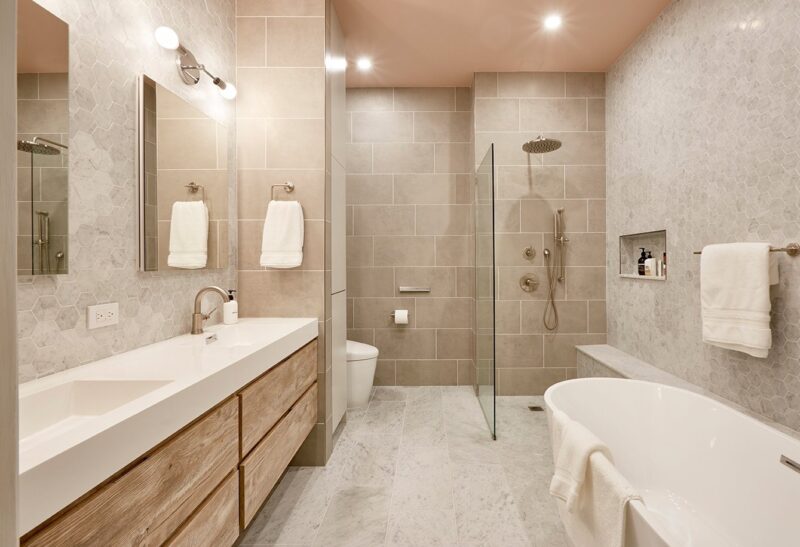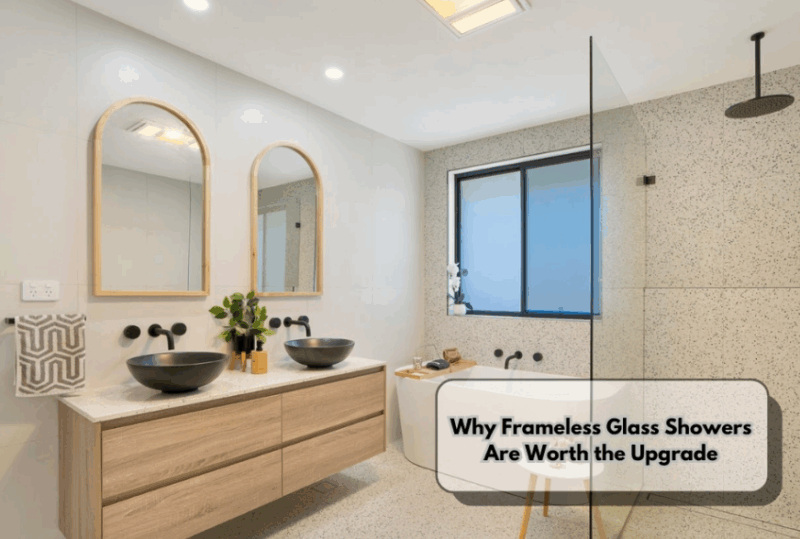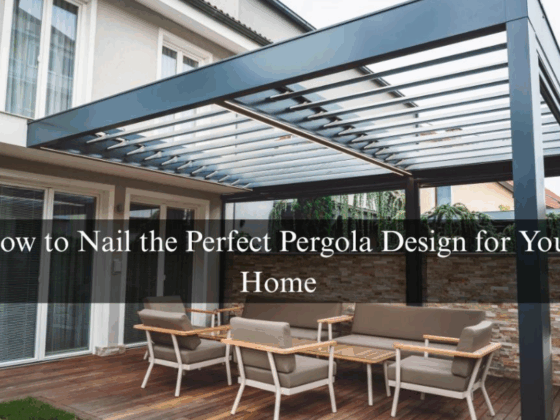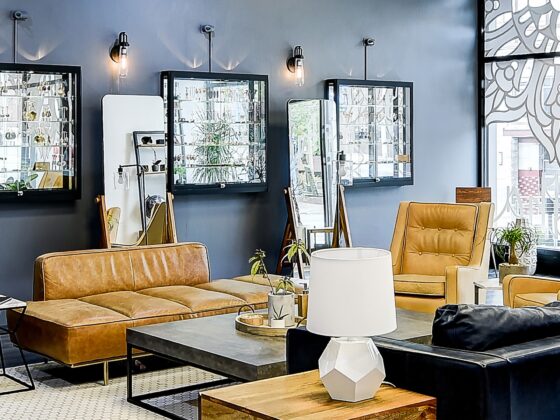A bathroom makeover rarely starts with tiles and paint these days—it begins with glass.
The surge in minimalist design means frameless shower screens have become the star of countless renovation mood boards. Homeowners crave that open, high-end feel without tearing the space down to the studs.
Stepping into a bathroom fitted with frameless glass shower screens feels instantly different, like you’ve entered a boutique hotel or modern spa. There’s no bulky hardware cutting up the space, no visible tracks collecting grime, and no visual barriers blocking light.
Instead, the bathroom feels larger, brighter, and more polished — all without knocking down a single wall.
It’s this clean and uninterrupted look that has made frameless screens one of the most in-demand upgrades among homeowners renovating in 2025.
But the benefits aren’t only visual. As someone who recently made the switch, I can say it’s the overall lifestyle shift that won me over.
Our old framed screen constantly needed scrubbing. The new frameless setup? A quick squeegee and we’re done.
This subtle shift from cluttered to streamlined not only made our ensuite feel brand new, but it also changed how we used the space and how much we enjoyed it.
Beyond looks: Functional reasons to make the switch

Frameless screens aren’t just pretty — they work better too. Let’s explore the lesser-known benefits that make them worth the investment.
1. Makes smaller bathrooms feel larger
Because frameless screens are entirely transparent and minimal in design, they don’t interrupt sightlines.
The eye can travel from tile to ceiling without hitting visual breaks, creating a sense of openness — even in tight rooms.
This makes them particularly powerful in apartments or older homes where the bathrooms weren’t designed with generous proportions in mind.
In our home, swapping a frosted framed panel for clear frameless glass transformed a small ensuite into a calming, open retreat. No extra square metres — just better visual flow.
2. Easier to clean — and it stays that way
One of the biggest frustrations with traditional framed screens is the grime that builds up around the seals and tracks.
It’s not just unattractive — it’s also a breeding ground for mould. Frameless designs, however, eliminate these problem areas by using smooth surfaces and minimal hardware.
We keep a microfibre cloth hanging behind the door and swipe down the panel after each shower.
No tracks, no hidden grime, and no strong chemicals needed. It’s a small change that’s saved us hours of cleaning.
3. Custom-fitted to your bathroom’s layout

Frameless shower screens are precisely measured and cut to fit your exact dimensions, ensuring they work seamlessly in both standard and non-standard spaces. Whether you’re dealing with an angled ceiling, a floating vanity, or a window near the wet zone, these screens can be designed to suit your needs.
Some homeowners are even incorporating glass into broader layouts by combining screens with open-space solutions, such as wet rooms. This often includes ideas borrowed from office or commercial fitouts, such as clear dividers and feature partitions.
If you’re exploring this route, it’s worth checking out some recent glass partition wall ideas for inspiration on how glass can shape space without dominating it.
Installation process: Faster than you might think
Installing a frameless screen isn’t a long, drawn-out job. A good installer will first visit the site to take measurements and provide a quote.
Once the glass is custom-cut and polished, the team returns to fix it into place — often using discreet brackets, channels or hinges.
In our case, the process took less than half a day. The screen was installed, sealed, and ready to cure in time for dinner: no demolition, no tile drama, and no plumbing adjustments.
What makes frameless installs so tidy is the minimal hardware involved. Without the need for bulky frames, the installer focuses purely on levelling, fixing and sealing. It’s fast, clean and precise.
What about safety?
One of the most common questions people ask is whether frameless screens are strong enough. The answer is yes, as long as they’re made from compliant toughened glass.
Toughened (or tempered) glass is heat-treated during manufacture, increasing its strength by up to five times compared to regular glass. It’s engineered to withstand daily use, water pressure, and even the occasional bump from a shampoo bottle or wayward elbow.
More importantly, it’s designed to shatter safely. If broken, it crumbles into blunt cubes rather than sharp shards, reducing injury risk.
Reputable installers in Australia will always supply glass that complies with AS 1288 standards, which regulate the use of glass in building projects.
You can find a helpful guide to these standards via the NSW Fair Trading site linked above.
Price vs payoff: Does it add up?

Let’s talk numbers. Frameless screens are more expensive upfront than framed or semi-framed options. Here’s a quick price comparison based on average installation costs in Australia:
While the upfront difference might be $200–$400, the payoff comes in other forms: reduced maintenance, longer lifespan, and better resale value. And, of course, the daily joy of using a space that looks and feels beautiful.
For us, the upgrade was a no-brainer. The improved function and aesthetic made it money well spent.
When is a framed or semi-framed option better?
Frameless screens aren’t always the right choice. If you’re renovating on a very tight budget or dealing with major wall imperfections, a semi-framed screen might offer more tolerance during installation.
Families with small kids might also prefer the slightly more enclosed feel of a framed screen, especially if there’s a lot of splashing going on.
That said, the elegance and simplicity of frameless designs continue to make them a go-to choice for ensuite renovations, Airbnb fitouts, and modern builds across Australia.
Bathroom styling? Here’s what’s trending

Frameless glass pairs effortlessly with today’s most popular interior styles. Whether you’re working with raw concrete, timber accents, or monochrome finishes, it acts like a neutral canvas, letting the materials around it shine.
To stay ahead in design, consider exploring emerging modern bathroom trends.
Think large-format stone-look tiles, integrated lighting, floating vanities, and matte black hardware.
Frameless showers slide right into this aesthetic, enhancing rather than competing with the style choices you’ve made elsewhere.
The verdict
Frameless glass shower screens are more than just a design trend — they’re a smart, functional, and future-ready upgrade for almost any bathroom. With better hygiene, longer-lasting materials, and that clean, open look, they’re the kind of change that makes everyday routines feel a little more elevated.
From my renovation journey, I can say: if you’re on the fence, it’s worth leaping. You won’t just see the difference — you’ll feel it.


